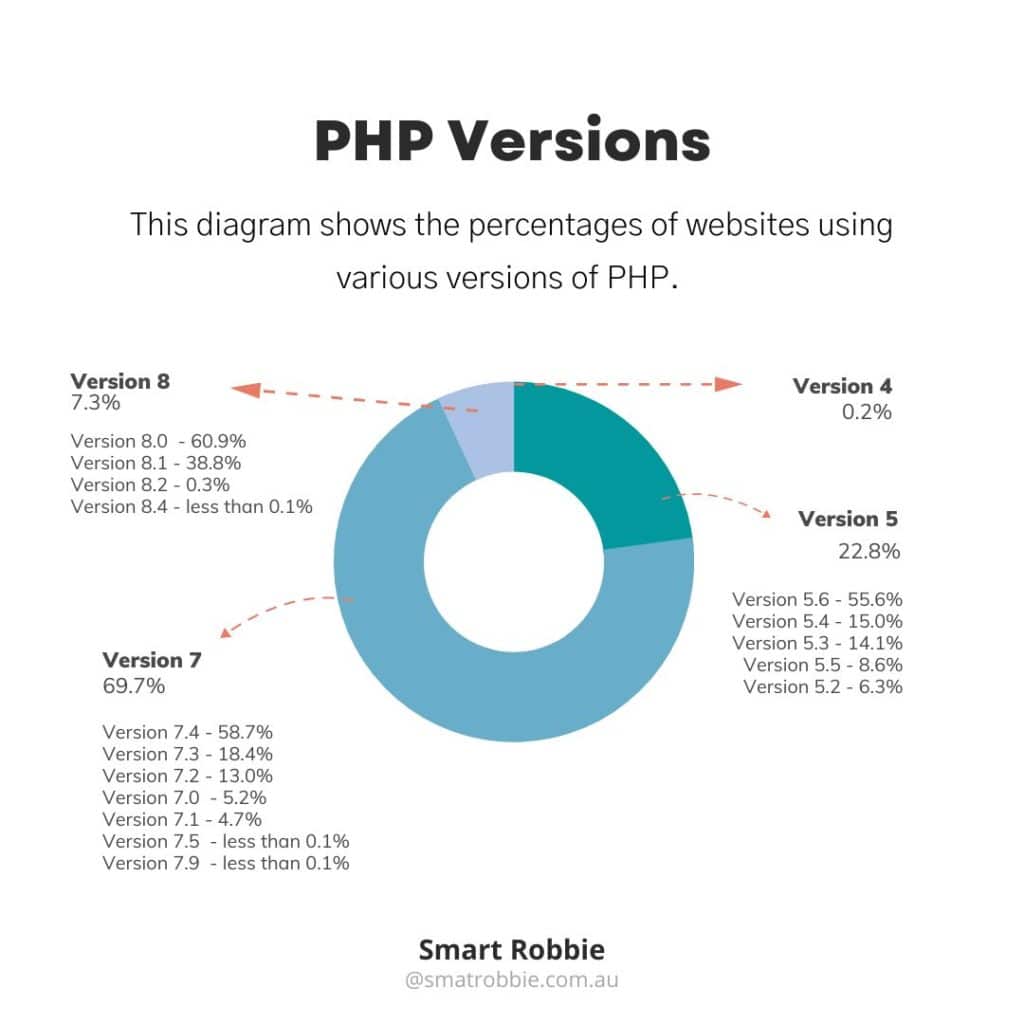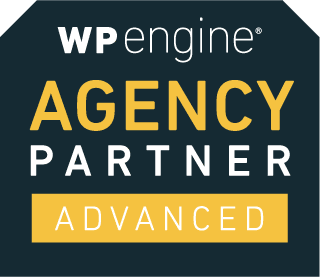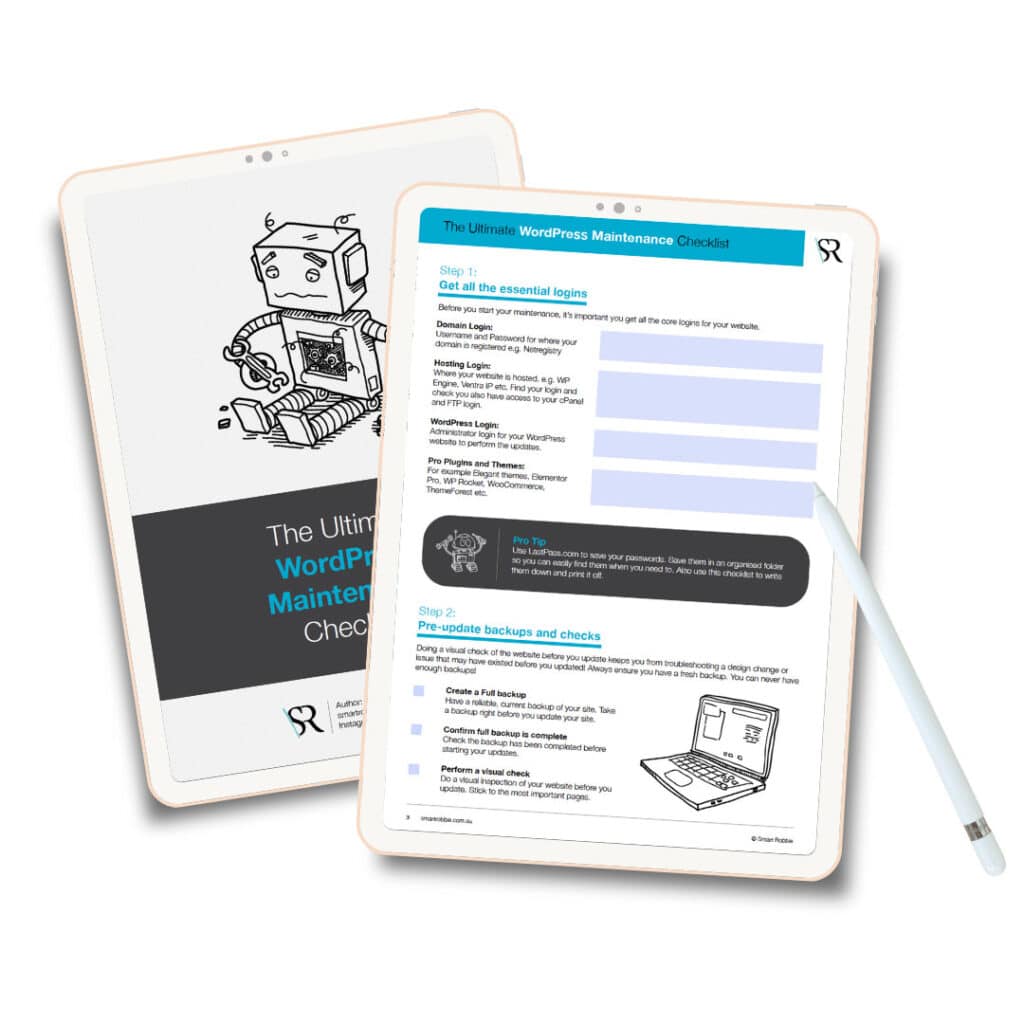PHP 7.4 is no longer supported as of November 2022.
As a WordPress user, it’s important to know what version of PHP your site is running on. PHP, or Hypertext Preprocessor, is a programming language that powers WordPress and the majority of the web. It’s what allows your WordPress site to interact with databases, process forms, and display dynamic content.
Unfortunately, PHP 7.4 has reached its end-of-life as of November 28, 2022, meaning it is no longer supported by the PHP team.
What does no longer supported mean? This means any security vulnerabilities or bugs found in PHP 7.4 will not be fixed, leaving your WordPress site at risk.
Top 3 Cons of Using PHP 7.4 or Earlier:
1. Security vulnerabilities will not be fixed
2. Performance and speed may be slower
3. Lack of support from the PHP team
5 Key Benefits of Updating to PHP 8 For Your WordPress Site:
1. Full compatibility with WordPress 6.1
2. Reduced attack surface
3. Enhanced performance
4. Improved development experience
5. Lower probability of getting WordPress errors
Updating to PHP 8 is not only important for security and performance, but it also allows for new features and improvements for WordPress developers. Some of the new features in PHP 8 include:
- The ability to use named arguments in function calls
- Improved support for union types and attributes
Guide on how to Safely Update to PHP 8 in 7 Steps:
1. Check your WordPress site and plugins for compatibility with PHP 8
2. Backup your WordPress site and database
3. Test the update on a staging site or local environment
4. Update your hosting provider to support PHP 8
5. Clear your site’s cache and disable caching plugins
6. Update your WordPress site and plugins to the latest versions
7. Test your site thoroughly to ensure everything is functioning properly
It’s important to note that updating to PHP 8 may cause some issues with your WordPress site or plugins. It’s crucial to test the update on a staging site or local environment before updating your live site. This will allow you to identify and fix any potential problems before they affect your live site.
Is WordPress Fully Compatible With PHP 8?
Yes, WordPress 6.1 offers full compatibility with PHP 8. You can now install WordPress 6.1 using PHP 8.1 – the current stable PHP version.
PHP 8.0 first came out two years ago, allowing the WordPress community to take advantage of the new PHP release.
WordPress 5.9 and WordPress 6.0 only offered beta compatibility for PHP 8.0 and 8.1.
PHP 8.1 is the latest stable PHP version and WordPress website owners are encouraged to upgrade to PHP 8.1 to take advantage of the new features and further security coverage.
Although the WordPress core now has full support for the PHP 8, most plugins and themes are yet to ensure compatibility with PHP 8. This is one of the major difficulties WordPress users will face with the upgrade.
Conclusion
In conclusion, PHP 7.4 is no longer supported by the PHP team, leaving your WordPress site at risk. Updating to PHP 8 provides improved performance, security for modern web technologies. Use the steps above to safely update your WordPress site to PHP 8.
If you need help updating your PHP version, we have developers available to help.








